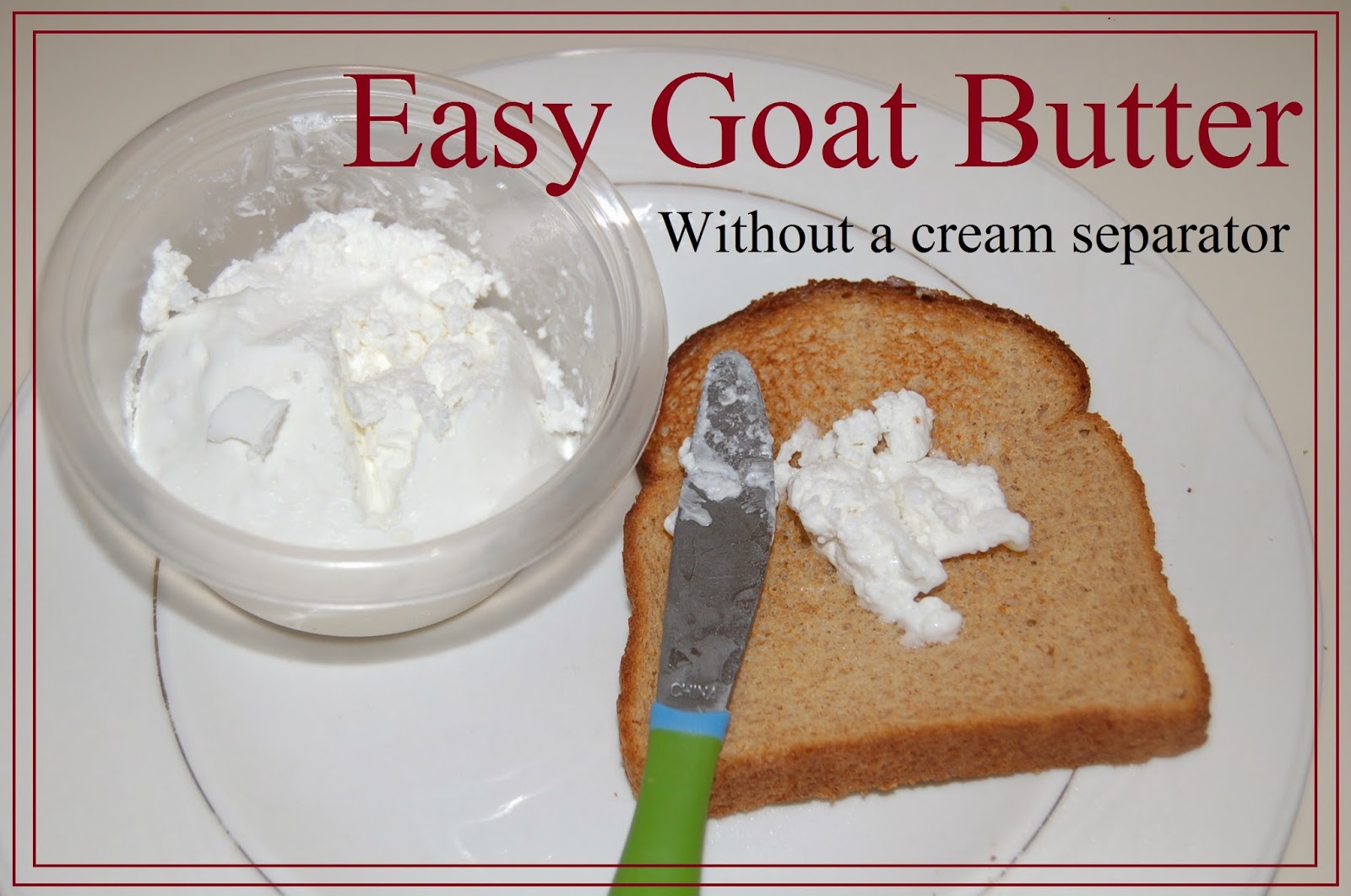Very few things can make a person wake up and smile like BACON!
Little did I know, it is fairly simple to make. The hardest obstacle to overcome for me, was waiting for the brine because it took 2 days. (I am very impatient when it comes to my bacon.)
Here goes!
Besides the meat, you will need the following:
Kosher Salt
Light Brown Sugar
and
Course Ground Pepper
For the meat, you will need to pick up a pork belly. We got ours at the local butcher shop. Ours offered a 12 pound side, but we chose to have them cut it down to 6 pounds (actually weighed 6.5#)
I cut the side down into more manageable sections that fit easily into some of our containers which we planned to use for the brine solution.
In a separate container, Mix 1 gallon of water, 3/4 to 1 pound of kosher salt, and 1 to 1 1/2 cups of light brown sugar until it is all dissolved.
pour the brine into the containers.
TIP: I used small wooden skewers broken into short sections, to help prevent the meat from floating. This essentially forced the meat to hover in the brine, creating maximum soakage. (My word, lemme have it)
This was the hard part....
Put the containers in the fridge for the next 48 hours. (stirring the brine half way is suggested, but we didn't do it)
Once the brine has done it's job, rinse the meat under cool water for about 30 seconds. Then pet the meat dry and place on a rack, or tray.
This is when you put on the ground pepper. Be liberal here. Remember that when sliced, each piece will only have a small bit of what you have put on it.
A little does NOT go a long way.
A LOT goes a long way.
Now the fun part. Smoking.
We chose to cold smoke the meat. The heat should be between 80 and 120 degrees F. (ours stayed at about 90-100 the entire time.
Using my highly sophisticated OLBF redneck smoker made from a 55 gallon drum, coffee cans, soup cans, an old grill grate, and an old camping stove that runs on the inky dinky little propane tanks, I used a bunch of hickory chips to help add the scrumptious flavor of our bacon.
After smoking the meat, allow it to cool to room temperature before cutting.
Now,.....to everyone else who has a meat slicer, I am ENVIOUS....
But for the rest of us, slicing bacon with a knife is not that hard, you just need a few tricks.
Here they are:
First, have a SHARP knife.
Second, keep it sharp (sharpen often)
Third, place the meat in the freezer for a bit to stiffen up before slicing
Fourth, sharpen the knife again!!!!!!
Lastly, before you finish slicing all of the bacon, throw a few strips into a skillet to begin enjoying the fruits of your labor.
Thanks for checkin' out OLBF. Please like us on facebook
https://www.facebook.com/pages/Our-Little-Backyard-Farm/231536597000914


















































